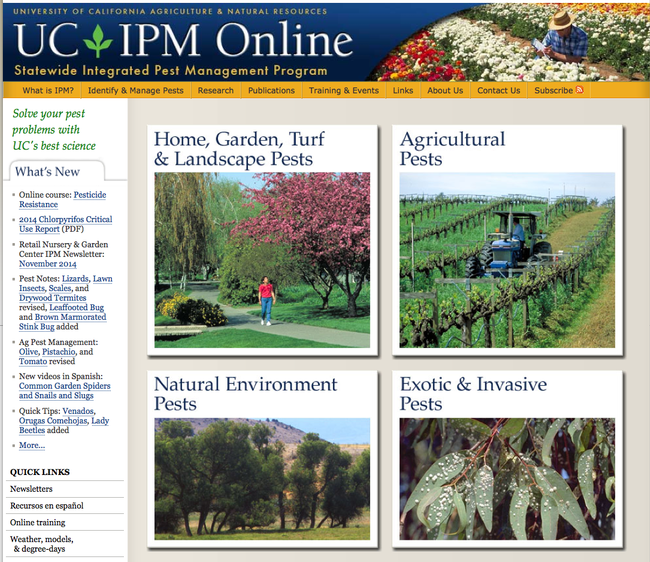By Denise Seghesio Levine, U.C. Master Gardener of Napa County
Even if you are busy harvesting and giving away zucchini, picking tomatoes for salads and sauces and preserving summer's sweet fruits for winter treats, it is time to take a break and plan next year's garden. Note where you have your vegetables planted this year. Ponder where you might like new shrubs or trees. Imagine where a new patch of annuals or herbs or wildflowers might be nice.
Spring is when many of us, in a normal year at least, would be strolling garden centers for seeds and plants to provide summer color and crops. With all the weeding, watering, harvesting and preserving needed to maintain a summer garden, sometimes we forget that fall is actually a better time to plant many shrubs and seeds.
Most shrubs appreciate being relocated and planted in the fall. The temperatures are milder, and the danger of drought and heat stress is less. The new plants will appreciate having a month or two to get acclimated to a new spot and then a season of rain to help new roots stretch deep into the earth. Planting now gives new plantings a headstart in spring and usually results in healthier, stronger plants better equipped to withstand summer heat and water stress.
I have been musing on the best place for a new Philadelphus (mock orange) and some hostas a friend has offered me. And the north side of my house needs a forest of foxglove. So I have some planning to do.
Find a pad of paper or favorite notebook and a comfy spot in the garden where you can see your domain. Make a simple drawing or record of what vegetables and annual flowers you have planted now, and then figure out where you can plant those vegetables next year that is far from where they are planted now.
The point is to avoid planting the same vegetable or family of vegetables in the same place. There are a couple of reasons for this.
First, different vegetables need different nutrients. Some plants seriously deplete the soil. These heavy feeders include melons, winter and summer squashes, corn, and cole crops such as cauliflower and cabbage.
You might have noticed the soil seems to kind of disappear by the end of a growing season in some beds. You are not imagining it. The nutrients in the soil must be replaced. Replenishing the soil with compost and other amendments and following a heavy feeder with a nitrogen-fixing crop like peas or fava beans will pay dividends in healthier plants and larger harvests.
Rotating crops also helps combat cucumber beetles and other pests that attack your vegetables, then overwinter in the soil and emerge again next year just about the time your vegetable seedlings are starting to produce. There are few controls for some of these pests apart from interrupting their food source.
Fall is also the perfect time to directly sow many annual seeds for next spring. Love-in-a-mist (Nigella), cosmos, calendula, poppies, lupine, sweet peas, sweet Williams and forget me nots can be sown September through December and will brighten the garden much earlier than if sown in the spring. If you do not have seeds yet, visit your favorite garden center or order seeds online. Many seed companies have restocked since the spring, when you may have had problems finding seeds.
More immediately, if you want to grow crops from seed this fall and winter, it is time to sow lettuce, spinach, peas, broccoli, cabbages and leafy greens. Planting seeds now will produce seedlings to set out in the garden in four to six weeks. Gardening year round in Napa is a luxury. Lots of variety with less watering is a winning combination.
One final August hint: If you are growing peppers, check the leaves. They should have dark green, smooth, glossy leaves. If the leaves are bumpy or curled, they are letting you know they need bone meal. A tablespoon or two scratched around each plant and watered in each week until the plants have nice smooth leaves again will pay off in healthier plants and more peppers. Feed them regularly, or at least at the first sign of those telltale bumpy leaves. You're welcome.
Food Growing Forum: Join Napa County Master Gardeners on Sunday, August 30, from 3 p.m. to 4 p.m., for a free Zoom discussion on “Growing Winter Vegetables.” This forum on food growing will continue monthly on the last Sunday of every month, with different topics every time. To receive the Zoom link for the August 30 forum, register at http://ucanr.edu/FoodGrowingForum2020.
The UC Master Gardeners of Napa County are volunteers who provide University of California research-based information on home gardening. To find out more about home gardening, upcoming events or to submit gardening questions, visit the Master Gardener website (napamg.ucanr.edu). Our office is temporarily closed to walk-in questions but we are answering questions remotely and by phone or email. Submit your gardening questions through our website, by email mastergardeners@countyofnapa.org or leave a phone message at 707-253-4143. Master Gardeners will get back to you within a few days.
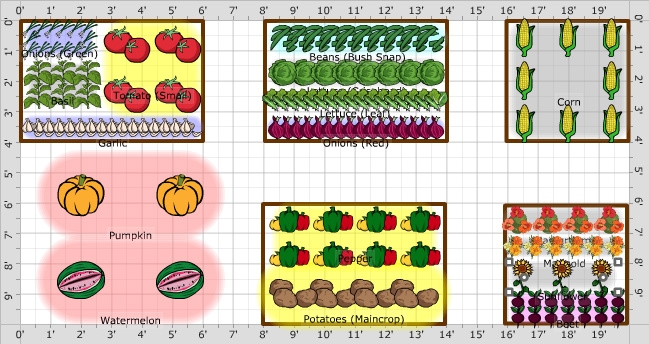
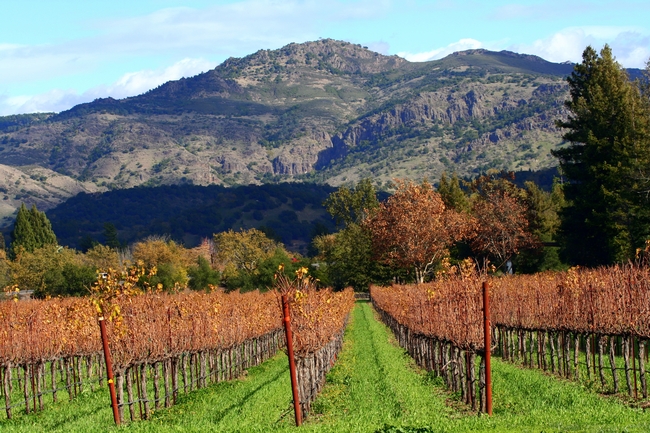
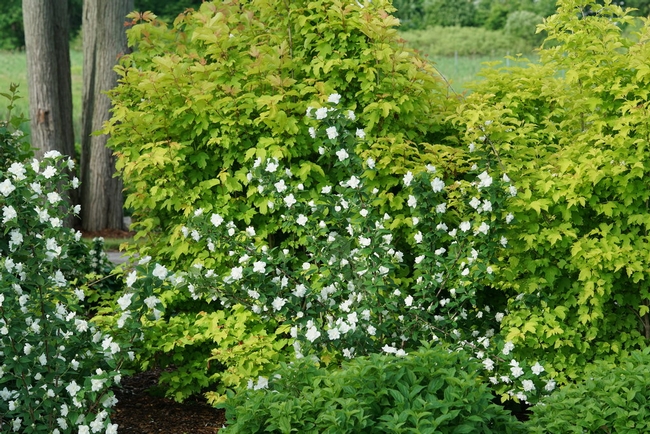
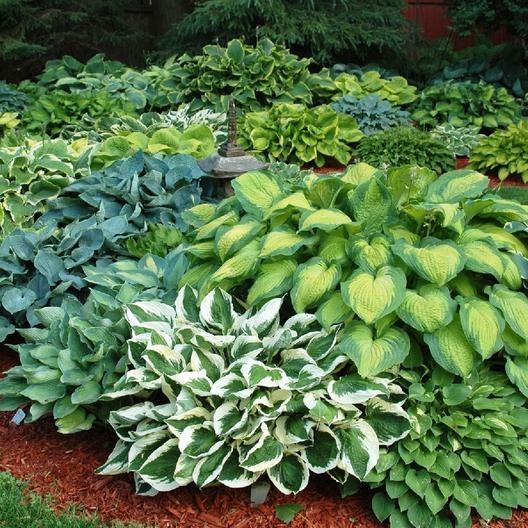
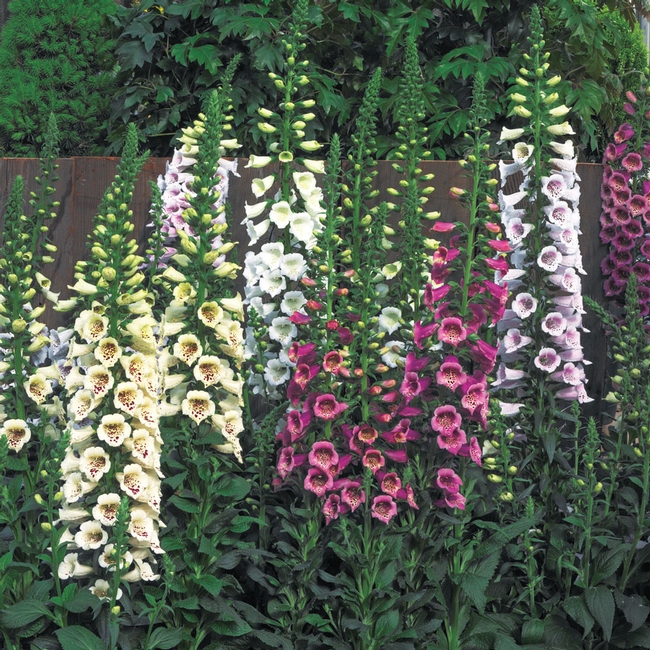
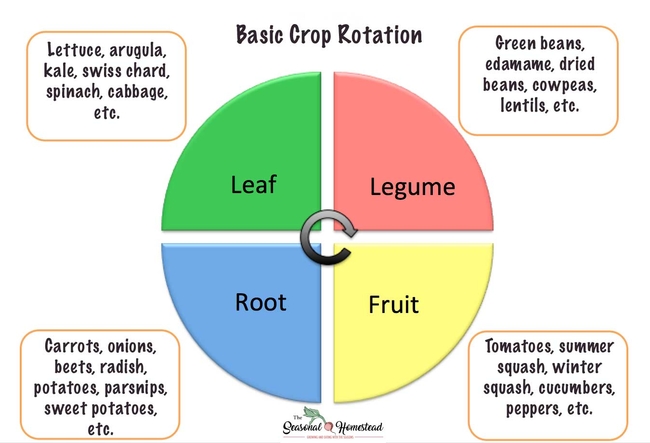
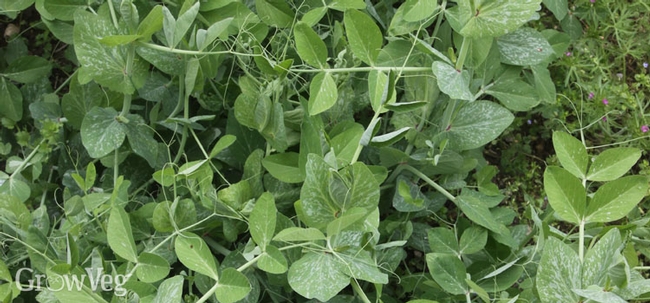
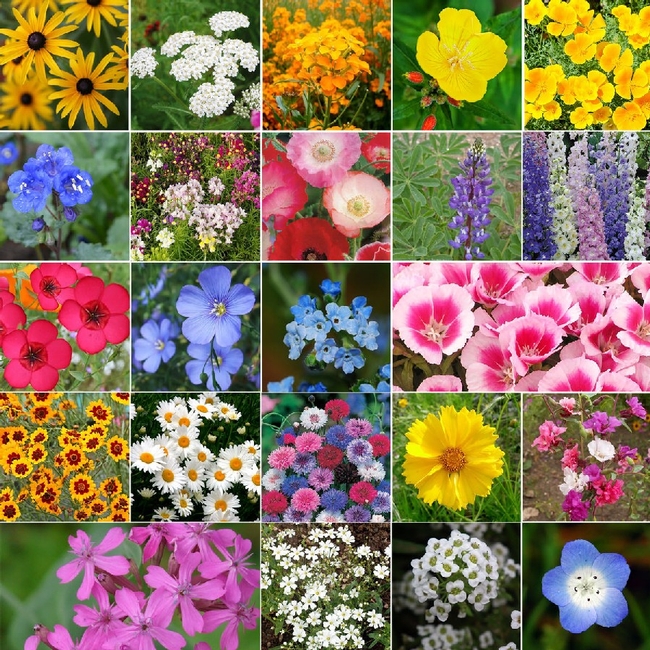
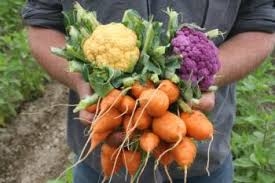
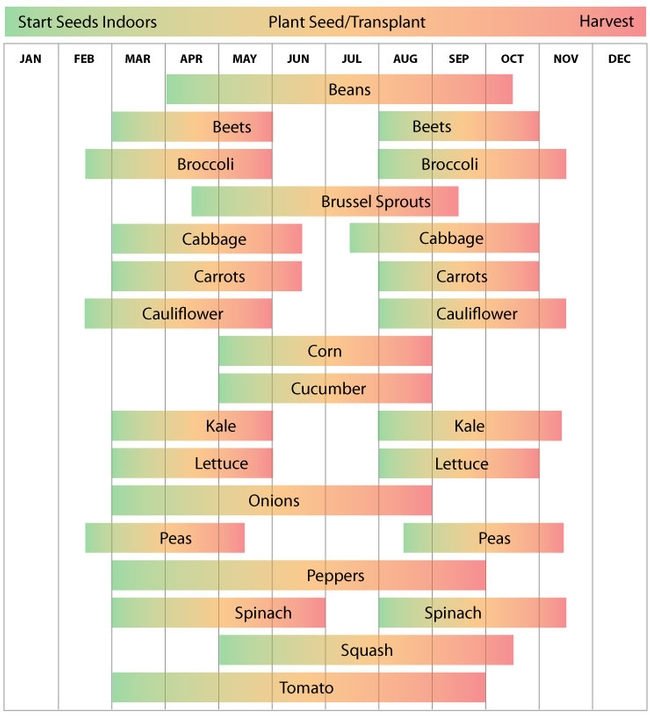
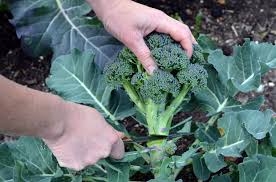
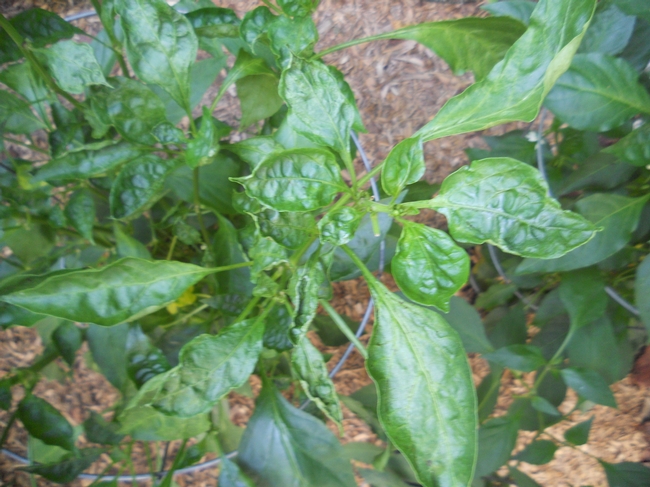
By Susanne von Rosenberg, UC Master Gardener of Napa County
Growing some of your own vegetables is one way to contribute to a more sustainable world. Locally grown food, if grown correctly, has a much smaller environmental footprint than food imported from elsewhere. The good news is that you can make your vegetable garden even more sustainable by a few simple practices: reducing the inputs, minimizing waste and building your soil.
Building your soil is the best thing you can do for healthy plants. It helps sequester (store) carbon, and it provides an opportunity to reuse garden waste on your property. I hope you compost your fruit and vegetable scraps (nothing diseased, though) and other garden waste.
Compost is a wonderful soil amendment and mulch. Natural biological processes will help break down those materials that need to break down, and earthworms and other soil critters will mix the amendments into the soil without you having to lift a finger.
Other things you can add to the soil include shredded newspaper (if your newspaper uses soy-based inks) and cardboard. You can use overlapping layers of cardboard covered with a layer of mulch to help control weeds. In those parts of your garden that stay moist, the cardboard will break down completely in three to four months.
It's also a good idea to avoid tilling or turning your soil. Tilling or turning your soil reduces the organic matter in your soil. Most plants, once you're done harvesting, can simply be cut down. Leave the root mass in the soil to add organic matter.
You can further improve your soil and sequester more carbon by growing cover crops. Don't turn the cover crops into the soil; just cut them down, chop them up and leave them in place as mulch.
Reducing inputs simply means buying less stuff to support your garden and using less water. By now, we all know how to reduce our water use: use drip irrigation, mulch and monitor your plants to make sure that you don't over- or under-water them.
So how can you buy less “stuff” such as plants and seeds, fertilizer and weed- or pest-control products? To reduce your need for fertilizers, you can plant cover crops in the winter, especially legumes such as fava beans to fix nitrogen in the soil. In healthy soil, nutrients already in the soil are more available to your plants.
If your soil does need more nutrients, try to find local sources of manure. (Manure should be composted before it is applied to your garden.) If you buy fertilizer, apply the same principles that you do for your other purchases: figure out where the ingredients come from, and buy as local and sustainable as possible.
To reduce your purchases of plants and seeds, grown your own plants from seed, share your seeds with other gardeners, and save seeds from open-pollinated varieties. It makes sense to share your seeds because fresh seeds (no more than two years old) produce the best plants.
Growing your own plants from seeds is fun. It allows you to grow more varieties than you can purchase and to have plants when the nurseries may not carry them. For example, the ideal time to set out broccoli and cauliflower seedlings for fall harvest is in mid-August, but just try finding seedlings for these crops in nurseries in August.
Some of the best ways to control weeds are to control where you water using drip irrigation. Mulching also helps minimize weed germination, or you can hand-pull or hoe weeds, of course. As long as a weed has not set seed, add it to your compost. It's just more organic matter. Bindweed (field morning glory), blackberries and Bermuda grass can sprout from bits of stems and roots, so allow them to dry out completely before adding them to compost or using as mulch.
Healthy plants, properly tended, will be most resistant to pests and diseases. For insect pests, you can hand-pick the critters. (I sometimes shake plants over a bowl if a plant has been invaded.) Or you can wait for natural predators to arrive and take care of them for you. Look first to non-toxic methods, such as spraying aphids off with a garden hose
If you hand-pick critters, cool mornings or evenings are best because insects will be much slower when it's cold. Plants also have their own forms of defense. They produce compounds in their tissues to help deter predators. Consider ignoring some damage. Plants communicate with each other through hormonal signals from their roots, and the plants near the one that is being attacked will also produce defensive compounds.
There are many ways to make your vegetable gardening more sustainable. The important thing is to keep improving.
For more about caring for the soil:
Healthy soils for a healthy California. Check out the Home and Garden section.
https://ucanr.edu/sites/soils/
Building soil health:
https://ucanr.edu/sites/Nutrient_Management_Solutions/Management_Goals/Build_Soil_Health/
Tips to improve home garden soil:
https://ucanr.edu/sites/soils/Soils_for_Homes_-_Gardens/
Master Gardener Workshop: “Growing Tomatoes in the Home Garden” on Saturday, April 4, from 9:30 a.m. to 11:30 a.m., at University of California Cooperative Extension, 1710 Soscol Avenue, Napa. Learn tips and tricks for cultivating great tomatoes including the latest research on care. On-line registration (credit card only) or Mail-in/Walk-in registration (cash or check only) or call 707-253-4221.
The UC Master Gardeners of Napa County are volunteers who provide UC research-based information on home gardening and answer your questions. To find out more about upcoming programs or to ask a garden question, visit the Master Gardener website (http://napamg.ucanr.edu) or call (707) 253-4221 between 9 a.m. and noon on Mondays, Wednesdays or Fridays.
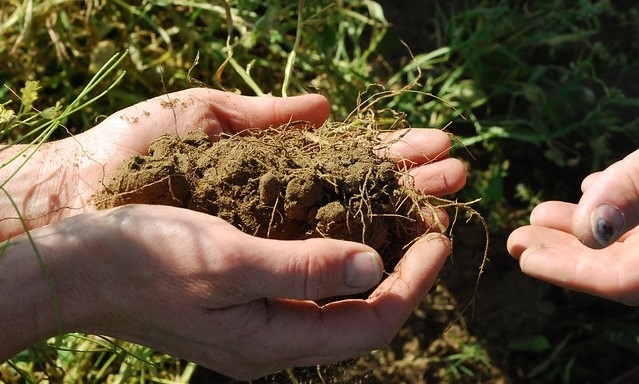
By T. Eric Nightingale, UC Master Gardener of Napa County
Your garden soil has the ability to absorb and store atmospheric carbon. This process, called carbon sequestration, has been in effect since the early days of Earth's history.
Plants absorb carbon dioxide from the air. As they process the gas, they break it apart, depositing carbon in the soil and releasing oxygen into the air. This process has helped create a livable atmosphere for humanity.
We know that carbon dioxide emissions from vehicles and industry contribute to climate change. Now we realize that there is another culprit, one we never saw coming: farming.
Modern agricultural practices involve an enormous amount of tillage. This frequent distribution of soil releases carbon that would otherwise remain trapped. Worse, clear-cutting and development disrupt the soil without replacing plant life. Concrete-covered land can't absorb carbon, and bare earth is believed to actually slowly leech carbon back into the atmosphere.
In response, many farmers are changing their methods. Using cover crops and keeping tillage to a minimum, they are working to reduce atmospheric greenhouse gases. Farming is a necessity but approaching it conscientiously can make a difference.
Though your home garden is likely smaller than a farm, you can also help support the environment. Using the same principles, your plants and soil can help sequester carbon. Growing cover crops, then leaving them as a mulch is the most accessible method. Mulch and compost will also help improve your soil texture, reducing the need for tillage.
Of course, growing plants of any kind is good for the environment as they absorb carbon dioxide and produce oxygen. But choosing California native plants for your landscape can provide added benefits as habitat and food for wildlife. Many native plants also use less water than traditional landscape plants.
If native plants are not your style, consider the many non-native drought-tolerant plants. As drought-tolerant gardening becomes more popular, even a necessity, more nurseries are carrying these plants.
Using landscaping techniques such as berms and swales, you can create a garden that incorporates plants with a range of water needs. Siting drought-tolerant plants on a berm—a low mound of well-draining soil—is the best way to assure they do not become overwatered. Building a swale next to the berm will create a space for thirstier plants. A swale is a ditch dug into the native soil which is then filled with looser soil. Water will run off the adjacent berm and settle in the swale, providing additional hydration to the plants there.
Garden design can also help reduce your energy consumption. A leafy tree or shrub on the sunniest side of your house can reduce the need for air conditioning on hot days. Some people cover the exterior of their homes in vines for extra insulation.
Another, perhaps less obvious, way you can aid the planet is to grow your own food. The plants themselves will improve the soil and air, but there's another benefit. Unless you shop entirely at a local farm stand, some of your produce was harvested by machine and transported by truck, both of which requiring fuel that contributes to global warming.
With so many people on the planet, and so much that seems beyond our control, it is easy to think that our actions don't matter. Yet small changes can produce big results, especially when we work together. Many people using a little less water adds up to a lot of water saved, and just imagine how much healthier and more self-sufficient our community would be if everyone had a vegetable garden.
Workshop: U. C. Master Gardeners of Napa County will conduct a workshop on “How to Plan and Plant a Home Vineyard” on Saturday, January 12, from 9 a.m. to 1 p.m., in Yountville. Location provided upon registration. Join our Integrated Grape Team members to learn techniques for planning and planting a home vineyard. The workshop will be held at a new home vineyard planted last year. Learn the necessary planning steps, become familiar with the checklist of activities, methods of determining the proper rootstock, selection of wine grape varietals for specific locations and estimated yield calculations. Review our calendar timeline for planning, site preparation, initial planting and timing of the first harvest for a new home vineyard. Online registration (credit card only); Mail-in/Walk-in registration (check only or drop off cash payment).
Master Gardeners are volunteers who help the University of California reach the gardening public with home gardening information. U. C. Master Gardeners of Napa County (http:/napamg.ucanr.edu) are available to answer gardening questions in person or by phone, Monday, Wednesday and Friday, 9 a.m. to Noon, at the U. C. Cooperative Extension office, 1710 Soscol Avenue, Suite 4, Napa, 707-253-4143, or from outside City of Napa toll-free at 877-279-3065. Or e-mail your garden questions by following the guidelines on our web site. Click on Napa, then on Have Garden Questions? Find us on Facebook under UC Master Gardeners of Napa County.


Planting Cover Crops Enriches the Soil.
By T. Eric Nightingale
UC Master Gardeners of Napa County
The long summer of vegetable gardening can leave your soil in need of some rejuvenation, a perfect job for cover crops. Also known as “green manure,” cover crops are a natural and easy way to keep your garden soil healthy. They return nutrients to the soil, improve soil texture, prevent weeds and reduce erosion. The most effective and frequently used cover crop plants are legumes, grasses, grains and brassicas.
Returning nitrogen, a primary plant nutrient, to the soil is possibly the most important role of cover crops. Legumes are extremely good at this. They nurture Rhizobia, bacteria that converts nitrogen in the air into ammonia. Plants can later process this ammonium to obtain nitrogen from it. Rhizobia can't live in the soil on their own, however, so they use the roots of certain plants as a host. Some companies even sell seed with Rhizobia added to the mix. Legumes used as cover crops include fava beans, hairy vetch and clovers.
Brassicas such as radish and mustard are widely used as cover crops in vineyards. You have probably seen them flowering around Napa Valley. These plants grow deep (sometimes as deep as four feet), strong roots that break up the soil, letting water flow deeper into the ground.
Well-hydrated soil not only helps your plants, but allows for more soil organism activity. Grasses such as barley and ryegrass also help to break up the earth, but also allow for the introduction of high amounts of organic matter when they are turned back into the soil. It is common to use many different types of cover crops, in a mix, to provide as much benefit as possible to your garden.
Helping to retain moisture, improving soil texture and increasing fertility all contribute to a robust soil ecosystem. When this system of microbes, fungi, bacteria and other organisms is functioning as intended, the likelihood of soil-borne diseases greatly reduces. Even a garden needs to eat its greens to stay healthy.
Fall is a great time to plant cover crops, since many gardeners take a break between vegetable crops. You can sow cover crops directly from seed, broadcasting them by hand over the soil after tilling it lightly. Cover the seeds with a thin layer of soil to protect them while they germinate. You can add a small amount of fertilizer to give the young plants a jump-start on life. You will get a large return on this small investment when the plants grow.
Cover crops can also be used in the summer. Grasses such as sorghum, soybean and cowpea are often grown at this time. Also used are buckwheat and sunflower, giving the added boon of attractive flowers.
When the cover crops are at the end of their lives or you want to plant something else, turn them into the earth. Their organic matter will break down and further improve the soil. Alternatively, you can mow them and leave them on top of the soil as a mulch. They will eventually decay but in the meantime will further decrease water loss and erosion.
Cover crops also suppress weeds by blocking the sunlight, keeping weed seeds from germinating. If they are left on the soil surface as a mulch, they continue their weed-prevention duties. Some cover crop flowers feed bees, and fava beans, a popular cover crop, are edible and delicious.
There has been extensive research and testing on cover crops in recent decades. Their wonderful features make them sound like a cure-all for anything that ails your soil. In truth, they are one of many contributors to a healthy and productive garden. There is no doubt, however, that any garden will benefit from cover crops.
Workshop: U. C. Master Gardeners of Napa County will hold a workshop on the different kinds of poinsettias and other potted plants for holiday decorating using color and shapes. The workshop will be held on Thursday, December, from 7:00 p.m. to 8:00 p.m., at the Napa County Library, 580 Coombs Street, Napa. This is a free workshop and registration is not required.
Master Gardeners are volunteers who help the University of California reach the gardening public with home gardening information. U. C. Master Gardeners of Napa County (http://ucanr.edu/ucmgnapa/) are available to answer gardening questions in person or by phone, Monday, Wednesday and Friday, 9 a.m. to Noon, at the U. C. Cooperative Extension office, 1710 Soscol Avenue, Suite 4, Napa, 707-253-4143, or from outside City of Napa toll-free at 877-279-3065. Or e-mail your garden questions by following the guidelines on our web site. Click on Napa, then on Have Garden Questions? Find us on Facebook under UC Master Gardeners of Napa County.
Peter Jacobsen's renowned Yountville orchard had humble beginnings. “We had no qualifications except that we had no fear of dirt,” says Jacobsen, a dentist with a San Francisco practice.
I find his simple statement both comical and inspiring. When Peter and his wife, Gwenny, bought their Yountville home, they had no plans to grow food. But the home came with land that had already been partially prepared and gardened. One thing led to another, and today the fruits and vegetables they grow are prized by many of the valley's premier chefs.
Not only does Peter have a mouth-watering vegetable garden, but he also tends an impressive collection of fruit trees. I was fortunate enough to visit and was fascinated by his mulberry trees.
We don't see many mulberry trees in Napa Valley, yet they thrive in our climate and are fairly drought tolerant. The fruit looks something like an elongated blackberry. The tree itself has attractive, hanging branches that make it a handsome addition to a garden.
Mulberries are easy to harvest and delicious. As I learned from Peter, the trees produce fruit only on new growth. As a result, you can achieve higher yields by pruning after harvest and pruning to maximize branching.
As we walked through his orchard, Peter picked several stone fruits that I had never tasted. My two favorites were the Damson and Mirabelle plums.
The Damson plum is the most beautiful plum I have ever encountered. It looks something like a giant blueberry. The flavor is slightly astringent, but it is a great plum for cooking.
Grown throughout western Europe, the Mirabelle plum is red or yellow and contains white flesh. It is tasty when fresh but is most often made into wine or jam. Both the Damson and Mirabelle plum trees are also often used in Europe as hedges or windbreaks. They are sturdy trees and can protect their weaker neighbors.
Interestingly, Peter advises against attempting to grow cherries, apricots or avocados in the Napa Valley. In his opinion, these trees are incompatible with the local climate. This was a relief to me, as it assuaged my guilt over the death of my avocado tree last year.
The Jacobsen orchard experiences the same challenges as the rest of us; it is not immune to pests and diseases. The Jacobsens practice Integrated Pest Management, and the results are apparent.
While both fire blight and peach-leaf curl have hit some of his trees, Peter responds with prudence. I asked if he recommends copper fungicide for treating the leaf curl, and he said he uses it sparingly, worried about copper buildup in the soil. He is willing to tolerate some peach-leaf curl as it does not impede fruit production.
On the other hand, Peter does have a reason to battle peach-leaf curl. During my visit, he plucked peach leaf and crumpled it in his hand. What a surprise to have the strong smell of almonds fill my nose. Peter's chef-customers are currently using peach leaves to infuse dishes with this aroma.
The Jacobsens use no chemical fertilizer in their orchard but instead plant cover crops around the trees. Planting peas, mustard and clover helps to return nitrogen and other nutrients to the soil. The thick coverage also leaves little room for weeds.
As I learned from Peter, all we need to grow a garden is a little knowledge and a lot of motivation. As humans, we live in a structured environment, filled with things that we have designed and built. I think it's important to remember that plants want to grow, that they need us much less than we need them.
This realization can take some of the stress and doubt out of gardening. If you know your land, what grows well there and what makes it thrive, you are halfway to your goal. The only other thing you need is a willingness to get a little dirty.
Workshop: The UC Master Gardeners of Napa County will hold a workshop on “Toxic and Carnivorous Plants and Mushroom Kits” on Saturday, October 28, from 9:30 a.m. to 11:30 a.m., at University of California Cooperative Extension, 1710 Soscol Avenue, Napa. Foxglove. Lily-of-the-valley. Wisteria. These common plants and others are toxic. Who knew? Sundew. Venus flytrap. Pitcher plant. They're carnivorous. While we would not touch a mushroom in the garden, growing edible fungi from kits is easy and neither toxic nor carnivorous. Explore the fascinating properties that plants have to protect them. Online registration (credit card only);
Mail-in registration (check only or drop off cash payment)
Master Gardeners are volunteers who help the University of California reach the gardening public with home gardening information. U. C. Master Gardeners of Napa County ( http://ucanr.edu/ucmgnapa/) are available to answer gardening questions in person or by phone, Monday, Wednesday and Friday, 9 a.m. to Noon, at the U. C. Cooperative Extension office, 1710 Soscol Avenue, Suite 4, Napa, 707-253-4143, or from outside City of Napa toll-free at 877-279-3065. Or e-mail your garden questions by following the guidelines on our web site. Click on Napa, then on Have Garden Questions? Find us on Facebook under UC Master Gardeners of Napa County.
